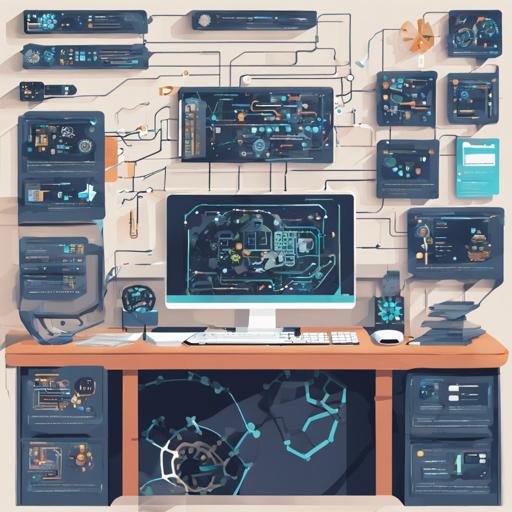If you’re diving into the world of reinforcement learning (RL), you’ve probably encountered OpenAI Gym – a fantastic toolkit designed for developing and comparing RL algorithms. Imagine it as a playground where your virtual agents can learn everything from balancing a pole on a cart to mastering classic games like Pong or Pinball. Let’s break down how to set it up, navigate its features, and troubleshoot common issues.
Installation Guide
Getting OpenAI Gym up and running on your machine is a breeze!
- Open your terminal.
- Run the following command to install via pip:
pip install gymExploring Documentation
To fully leverage the capabilities of OpenAI Gym, it’s essential to familiarize yourself with its documentation. You can always refer to it for detailed usage and examples at OpenAI Gym Documentation.
Getting Acquainted with Key Files
This repository includes some important files that you would typically engage with:
- Colab-CartPole.ipynb: This Jupyter notebook illustrates how to utilize the OpenAI Gym for training an agent to play the CartPole game. It employs the
PPOLearnerfrom the stable_baselines3 library.
Understanding the Code with an Analogy
Think of using OpenAI Gym as setting up a training camp for aspiring athletes (agents) who want to learn various sports techniques (tasks). The Colab-CartPole.ipynb file is like a coach’s handbook detailing the training sessions for the CartPole game:
- **Training Area (Gym):** It provides a controlled environment where the athlete (agent) can practice.
- **Training Methods (Algorithms):** Just as a coach selects training drills, you’ll use different reinforcement learning algorithms, like PPOLearner, to guide the agent.
- **Goal (Balancing):** The aim is to keep the pole balanced on the cart for as long as possible, similar to improving performance in sports through practice and feedback.
Troubleshooting Common Issues
While setting up and using OpenAI Gym, you may encounter some challenges. Here are some troubleshooting ideas:
- Installation Errors: Make sure you have the latest version of Python and pip. If the installation fails, upgrading pip can often resolve the issue:
pip install --upgrade pip. - Import Errors: If you’re having trouble importing Gym or other dependencies, double-check that all packages have been installed correctly and are available in your Python environment.
- Performance Issues: If the environment feels sluggish or unresponsive, ensure that your machine meets the recommended system requirements.
For more insights, updates, or to collaborate on AI development projects, stay connected with fxis.ai.
Conclusion
At fxis.ai, we believe that such advancements are crucial for the future of AI, as they enable more comprehensive and effective solutions. Our team is continually exploring new methodologies to push the envelope in artificial intelligence, ensuring that our clients benefit from the latest technological innovations.

